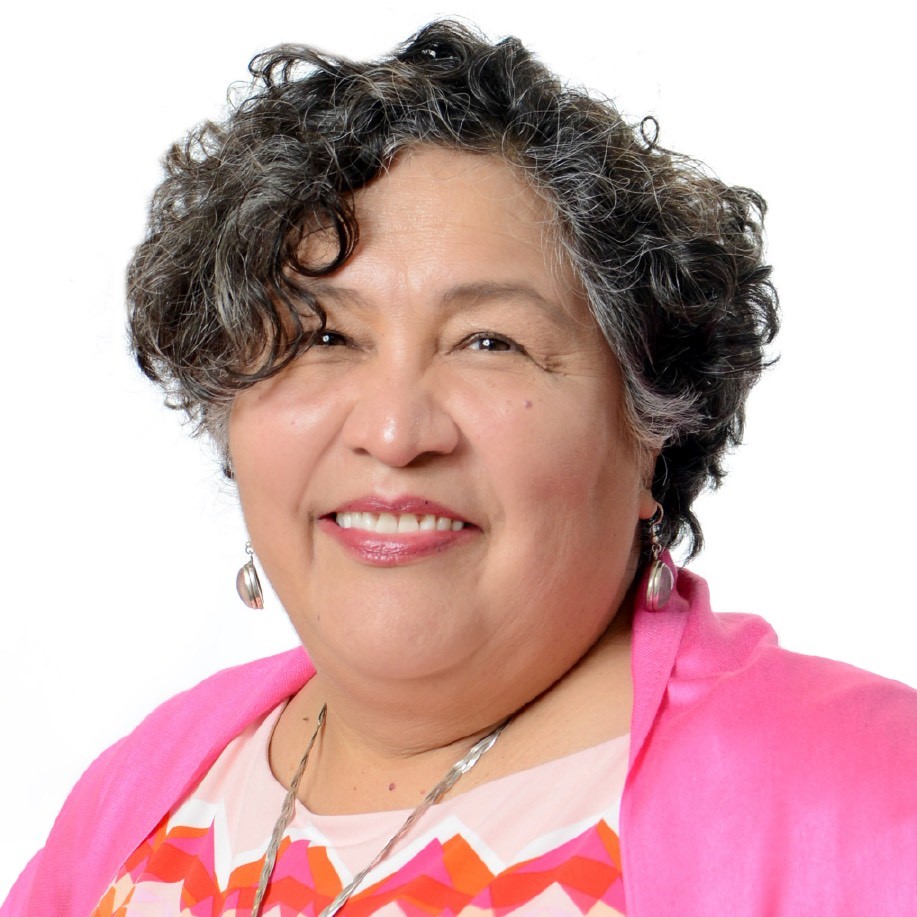Defining Our Next Steps: Letter from the President & CEO
As we march one step at a time towards the end of a tumultuous year, I’d like to take a moment to talk about next steps.
Since the beginning of the coronavirus pandemic and the heightened civil unrest that have defined 2020, many have brought the conversations of structural racism and equity to the forefront of the public agenda. Now, it’s time to move forward from the rhetoric. It’s time to put concrete metrics of equity in place.
put concrete metrics of equity in place.
For example: When philanthropy was developing its coronavirus response plan back in the spring, the Chicago Community COVID-19 Response Fund raised about $30 million to address basic needs. The good news is that philanthropic leaders understood the need to provide resources for all Illinoisans, including organizations that serve undocumented individuals. There was an understanding that these newly unemployed immigrants were greatly in need of assistance—especially considering that about 40 percent of Latinos in Illinois were ineligible for federal relief via the CARES act.
What wasn’t unanimous was the answer to, “How do we measure and ensure equity?” After the first four rounds of funding, twenty-one percent of those dollars went to predominantly Latino-serving organizations, but over twenty-five percent of confirmed cases in Illinois have been Latino—much higher than the 17 percent of the state population that Latinos comprise. Despite the conversations that were happening, there were no metrics in place to ensure that resources were distributed in proportion to the impact of COVID across communities. Equity remained elusive.
What does equity look like in this time? How do we define it so that the institutions with the power to provide relief and resources—corporations, government, and philanthropy—have the necessary metrics, knowledge, and guidance? How can those on the receiving end promote accountability, especially when dealing with the power dynamics of advocating to those that also fund us?
While we know that this year has exposed many long-standing inequities, I also want to call particular attention to what is newly broken in our community. Prior to COVID, Latinos had the highest labor-force participation rate; now, Latinos have the highest rate of unemployment. Many Latinos are unable to provide for their families—an especially acute situation for single Latina heads of households.
For many Latino entrepreneurs, COVID has broken their ability to earn a living. Up to 50 percent of the entrepreneurial businesses on once-vibrant Latino commercial strips may not survive. What will happen to 26th Street, often cited as the commercial strip that generates the second-highest tax revenue in Chicago, if half of its storefronts close?
For many newly unemployed Latino low-wage workers in the service and hospitality industry, COVID has broken the “social safety net” of their primary and secondary jobs, many of which are not coming back.
Lastly, take a good look at the number of COVID cases in the Latino community. These cases of infection and death represent lost and fractured lives and economic hardship. As the City of Chicago moves towards another phase of loosening restrictions, many of our Latino communities have rates that are two to four times the city average. This is truly, still, an emerging crisis. To add to my concern, I am speechless at this recent headline from NBC News: “Coronavirus is causing the ‘historic decimation’ of Latinos, medical expert says."
As we move forward, we will need a unified response and resource investment from all sectors of society: community, corporations, government, and philanthropy. And we need to be sure that it’s equitable and proportionate to what COVID broke.
Wishing you peace and good health.
Adelante,
Sylvia
